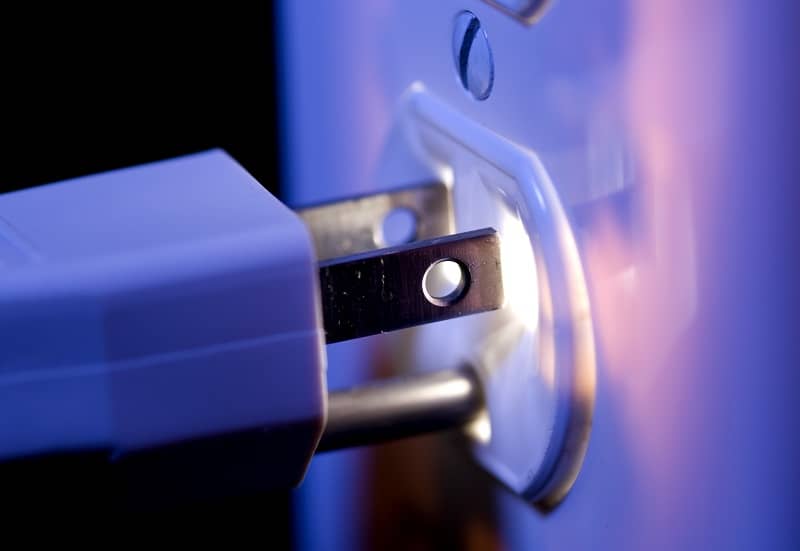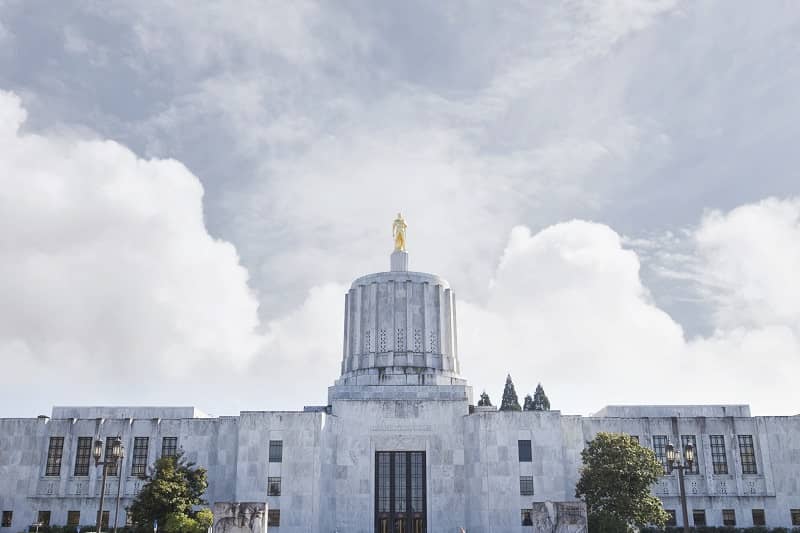Testimony Regarding HB 4036
Before the Senate Business and Transportation Committee
February 22, 2016
HB 4036 sells the alluring vision of a coal-free electricity grid for Oregon. This image is so powerful that many legislators in the House were seduced by it.
However, as with the singing of the Sirens in Greek mythology, the coal-free vision is a fatal attraction, and Senators should strap themselves to the mast when listening to proponents.
We know the vision can’t work, because there are a least three escape hatches built into the HB 4036. Those sections are necessary due to the fact that wind and solar power randomly fail to produce power. Consumer demand is not random, it’s both predictable and insatiable.
The attached graphs clearly show the problem. In the first attachment, it is evident that wind power within the BPA region fluctuates based on wind speed and not consumer demand. Thus, all the other power resources have to be manipulated to make up for the wind failures. Force-feeding more and more wind into the grid increases these swings, risking total grid failure.
The second graph shows the actual wind output of one year in five minute increments. Thus, there are more than 105,000 red dots on the page. The electricity demand line is hypothetical, but regardless, it is obvious that in most cases wind power will be too much or too little to accommodate real demand.
This is why Section 11 is written into the bill. Section 11 is the escape hatch that allows the PUC to suspend utility compliance when reliability standards are threatened. Take away Section 11, and the bill doesn’t work.
The second escape hatch is in Section 4. When utilities can’t procure the required levels of “qualifying power”, they can make it up with counterfeit power, known as RECs. A REC is not real energy, it’s just a compliance device. Take away Section 4, and the bill doesn’t work.
The third escape hatch is found in existing law, whereby if rate increases from RPS mandates exceed 4% in any one year, the PUC can suspend compliance. This is an admission that the RPS already has increased rates, and will again. Take away this exemption, and the bill doesn’t work.
The Siren Song of a coal-free grid is ultimately destructive. We suggest that the Senate Committee steer around it. If that means that the advocates move forward with their threatened ballot measures, so be it. Voters are quite capable of deciding for themselves if they want a power grid that works, or one that randomly fails.
John A. Charles, Jr. is President and CEO of Cascade Policy Institute, Oregon’s free market public policy research organization.











